After visiting the preview of the exhibition, here are our impressions to convince you that it is truly an exhibition worthy of a journey. There are at least ten reasons why the exhibition dedicated to Vincent Van Gogh in the city of Trieste should absolutely not be missed.
1. For Trieste and the people of Trieste.
Trieste is a beautiful city, suspended between the sky and the sea, eccentric, original, highly refined, yet not inclined to flaunt itself like the ladies of bygone eras. The people of Trieste are very friendly, welcoming, dreamers, and eccentric.
2. For Van Gogh
An artist who deeply loved life, despite everything. He clung to it even though he gave it up, shooting himself in the fields in a moment of despair, where everything began, amidst the nature of that sower that, in Millet's version, struck him with awe, evoking a "sense of profound religious and spiritual turmoil," thus turning it into an absolute masterpiece in his own version.
It is no coincidence that his "Sower" (1888) opens the exhibition and the "Old Man in Sorrow (On the Threshold of Eternity)..." closes it. The local reverend refuses him a funeral because he was a suicide. It's his artist friends, who come from all over, and his family who honor him with a ceremony full of love. On the walls are 80 canvases painted by Vincent in 70 days, his first solo exhibition. Honored as a painter, among painters.
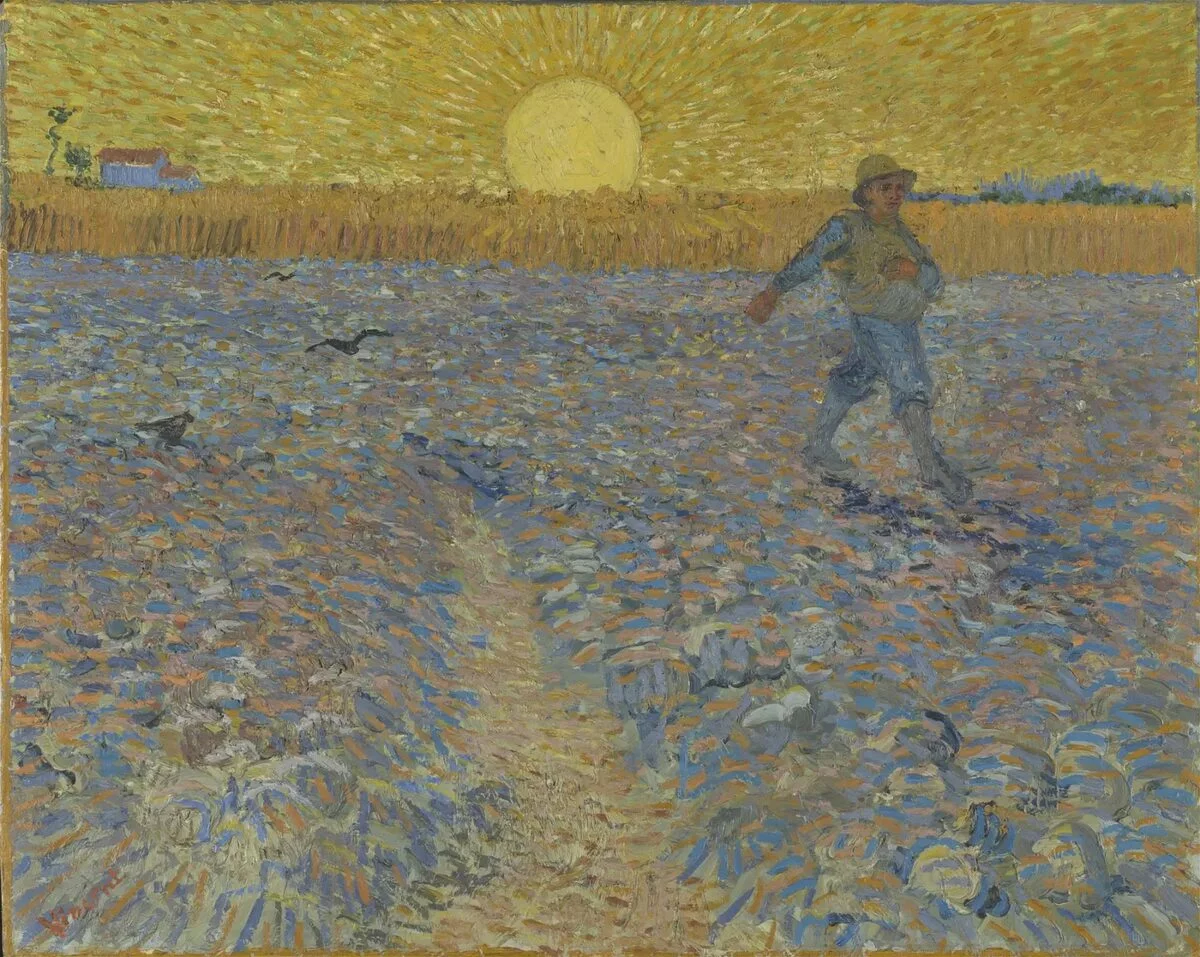
Vincent Van Gogh, Il seminatore, Arles, 17 – 28 giugno 1888 ca, Olio su tela, 64,2x80,3 cm - © Kröller-Müller Museum, Otterlo, The Netherlands... read the rest of the article»
3. For the drawings
The exhibition documents the entire journey of the painter, including a substantial number of drawings because, as Van Gogh himself wrote, "drawing is the root of everything," and no exploration of the life and work of this artist would be complete without a look at his many incredible drawings, which are far from mere preparatory tools but rather seeds from which his paintings often sprout.
As he himself said, drawing means "working through an invisible iron wall that seems to separate what one feels from what one is able to do. It is necessary to weaken this wall, eroding it little by little with constancy and patience."
The exhibition is worth the journey alone to contemplate the familiar atmosphere of "The Peat Bog Hut" (1883) or the "Carpenter's Workshop and Laundry" (late May 1882), the "View of The Hague" (1882), the revolutionary lithograph "The Potato Eaters" (1885), and the "Woman Peeling Potatoes" (1881).
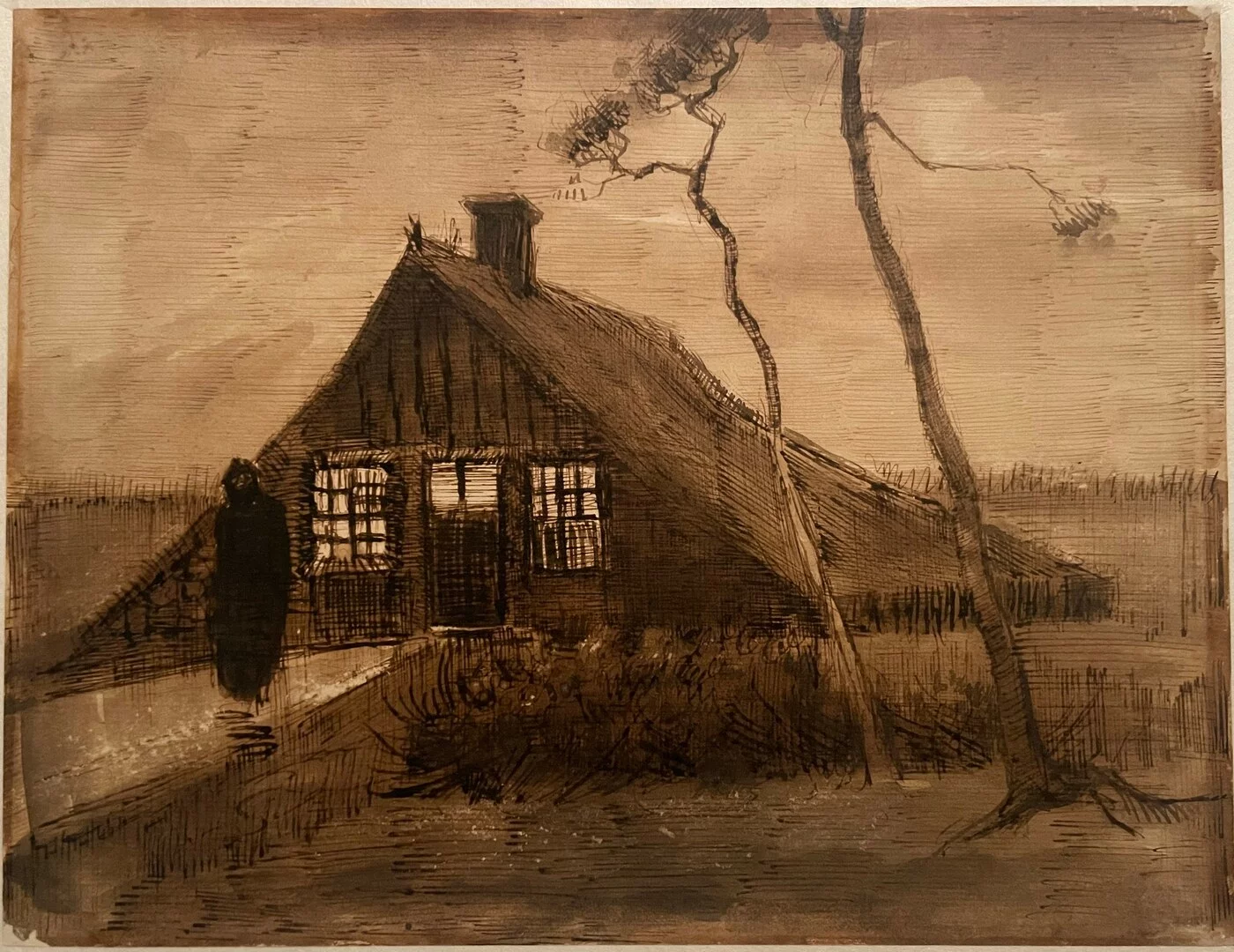
Vincent Van Gogh, Capanna di Torba (Drenthe, ottobre 1883) - Penna, inchiostro ferrogallico nero e acquerello grigio su carta vergata - 21,1x28,8cm - © Kröller-Müller Museum, Otterlo, The Netherlands
4. For the Ginoux couple
The exceptional and unique opportunity to finally see the married couple, proprietors of the Café de la Gare in Arles, where Van Gogh used to have his meals daily, quickly becoming their friend. The portraits "L'Arlesienne" (1890) and "Portrait of Joseph-Michel Ginoux" (1888) respectively come from the National Gallery of Rome and the Kröller-Müller Museum.
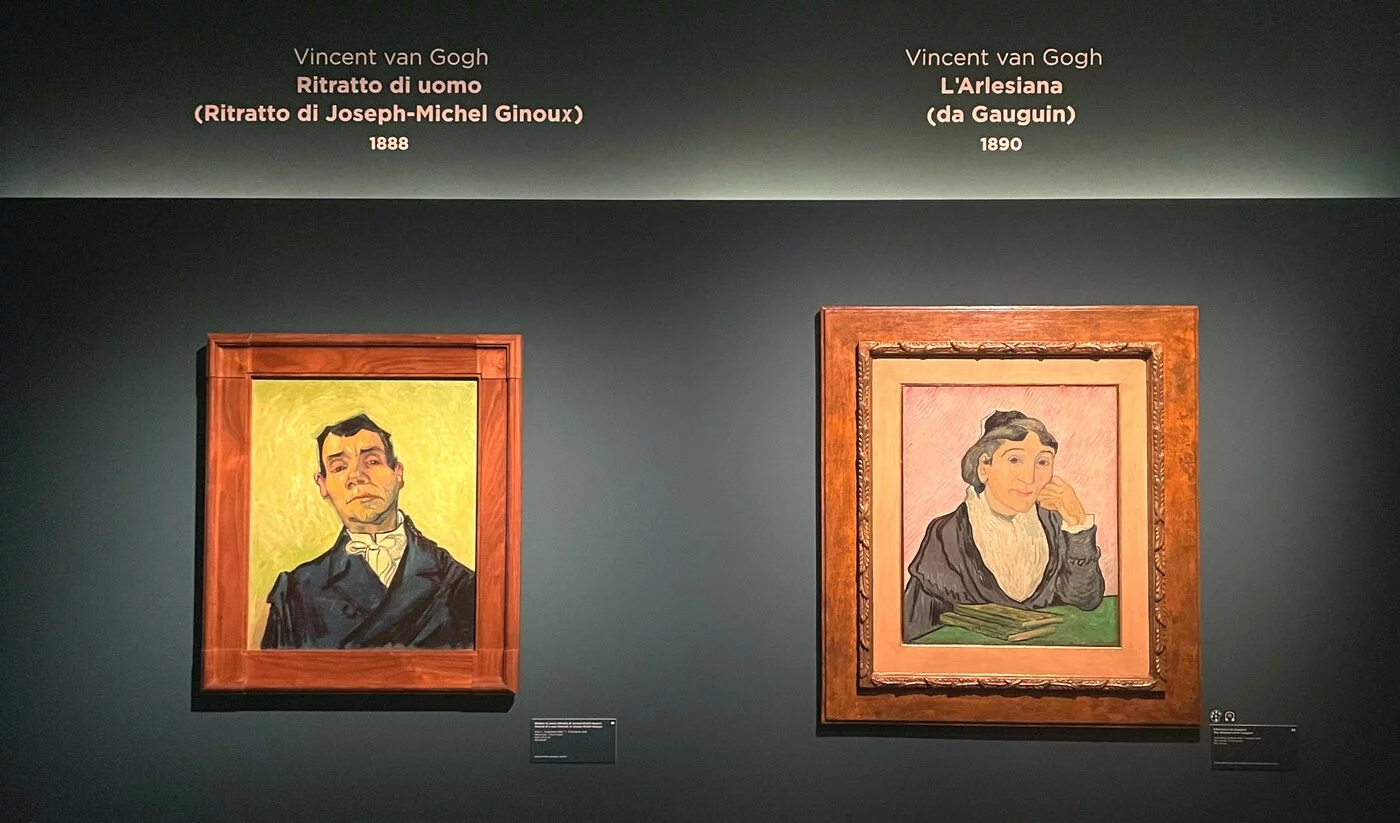
"L'arlesiana" (1890) e "Ritratto di Joseph-Michel Ginoux" (1888) - © Kröller-Müller Museum, Otterlo, The Netherlands e Galleria Nazionale d'Arte Moderna e Contemporanea
5. To admire "The Garden of the Asylum in Saint-Rémy" (1889)
Because it is a true masterpiece, no other words are needed.
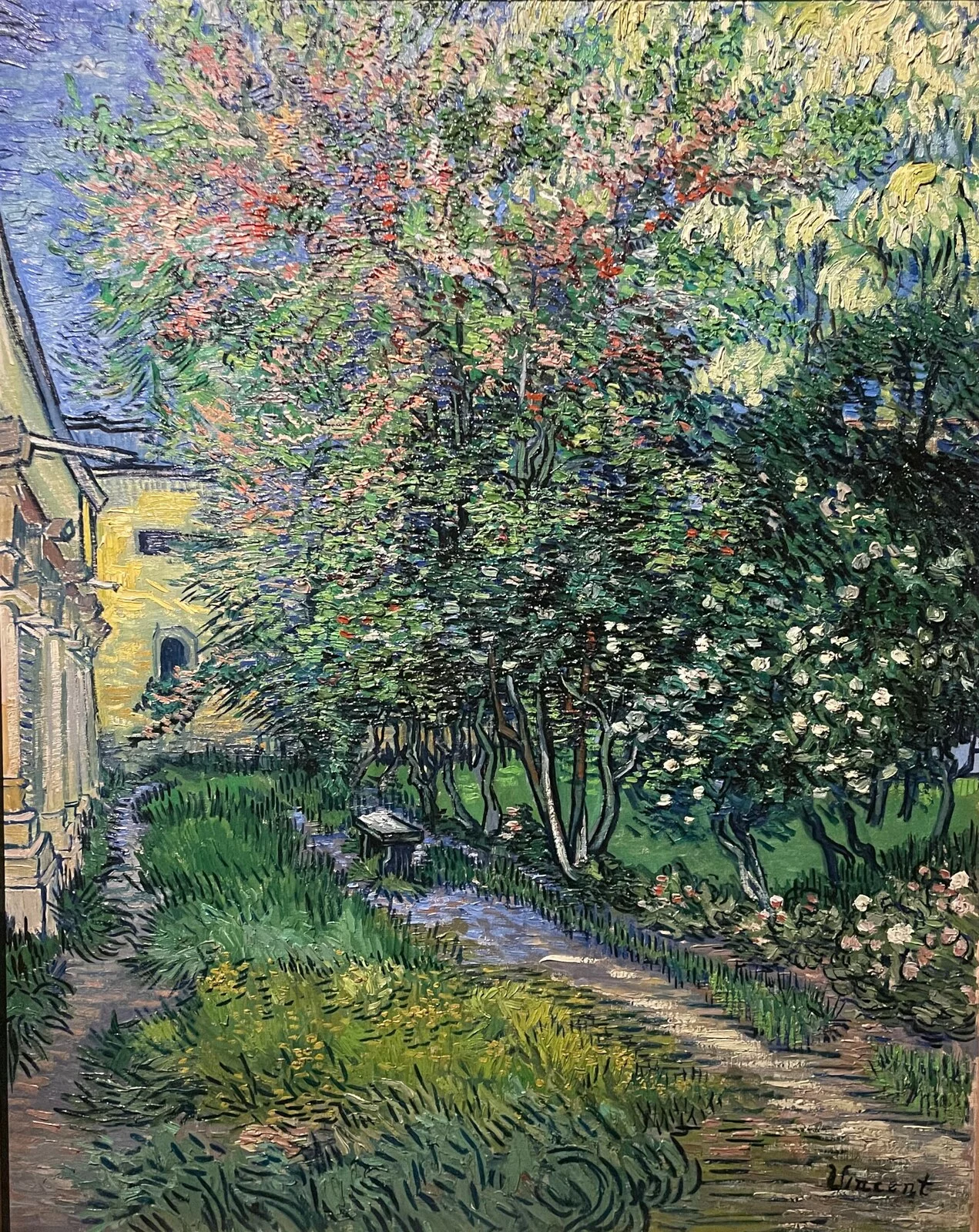
Vincent Van Gogh, Il giardino del manicomio a Saint-Rémy" (1889) - © Kröller-Müller Museum, Otterlo
6. To admire "The Gardener" (1889)
Because the humility of the subject becomes an immense fusion between man and nature on the canvas, encapsulating all of Van Gogh's colors. "Is it not the emotion, the sincerity of feeling for nature that guides us? The brushstrokes come out in a sequence and concatenation like the words of a speech or in a letter," Van Gogh wrote to his brother Theo.
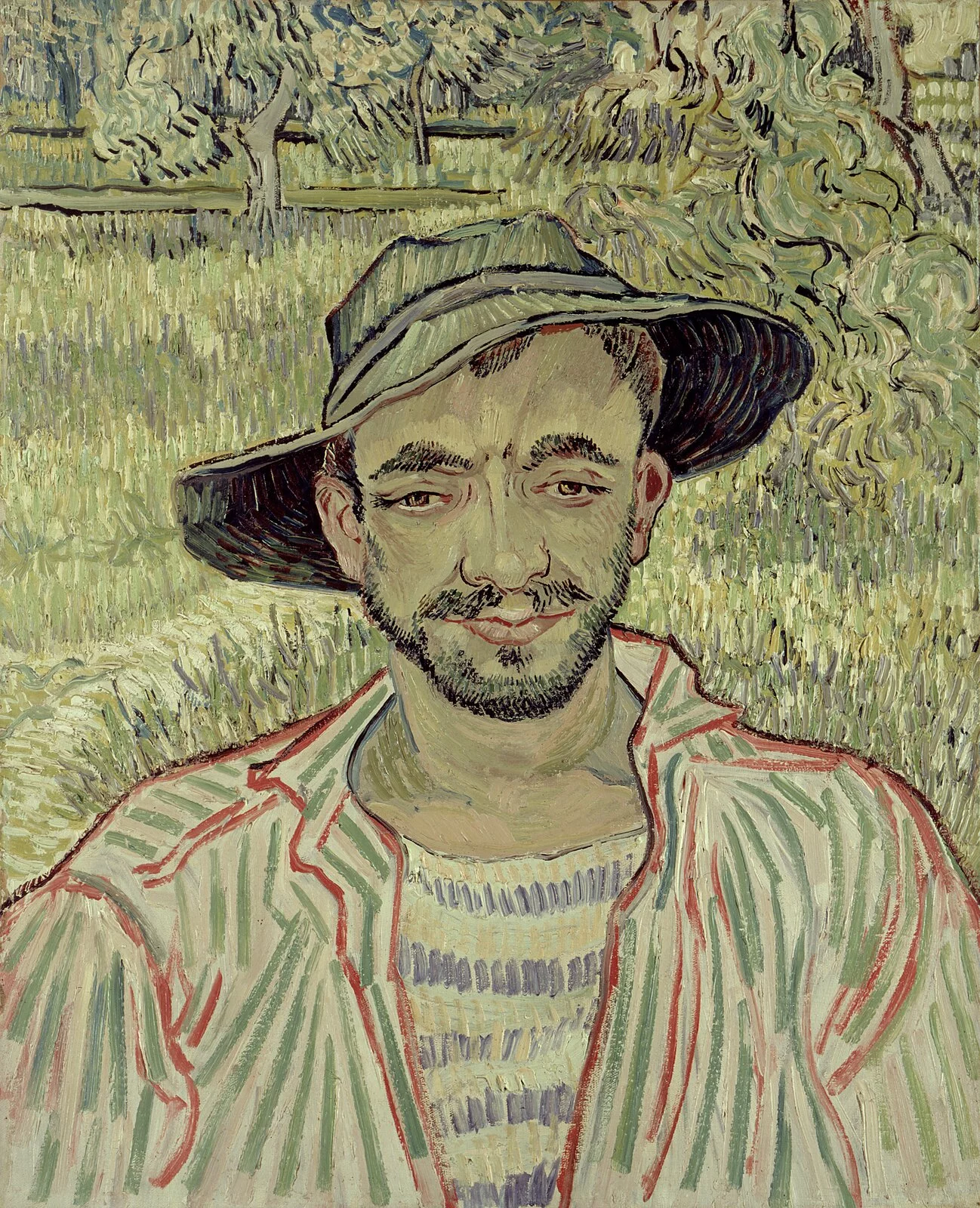
Vincent Van Gogh Il giardiniere Saint-Rémy, settembre 1889 Olio su tela, 61x50 cm Galleria Nazionale Arte moderna, Roma Foto Schiavinotto
7. To admire "The Weaver with Loom" (1884)
The eternally same and repetitive work of these poor and exploited artisans perfectly corresponds to the epic ideal of the worker that Van Gogh intends to celebrate in all his works, and renders superbly in this piece and in the series dedicated to weavers.
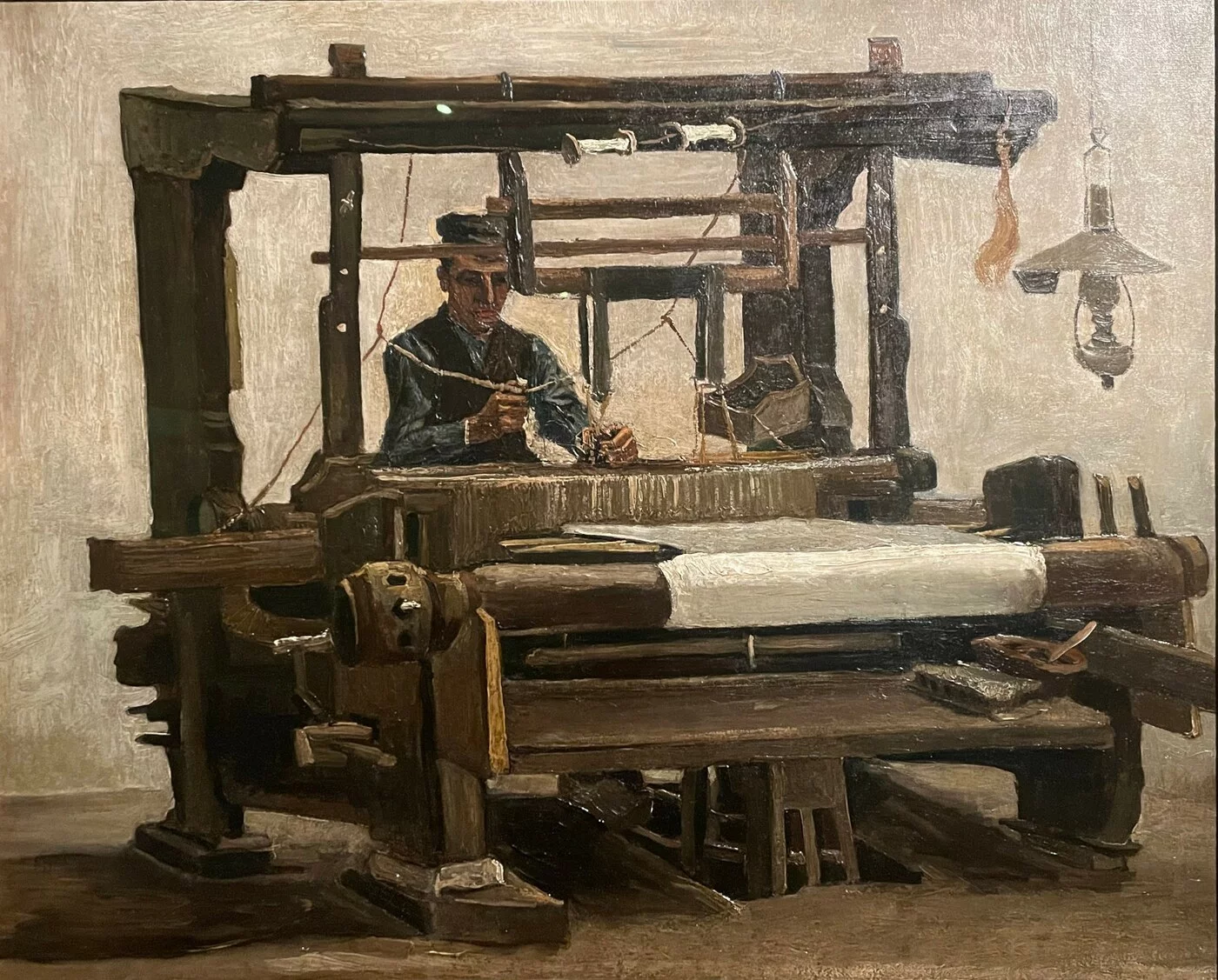
Vincent Van Gogh, Tessitore con telaio (Neunen, aprile-maggio 1884), Olio su tela, 68,3x84,2cm - © Kröller-Müller Museum, Otterlo
8. For the beautiful venue, Palazzo Revoltella
As the venue for the Modern Art Gallery of Trieste, in addition to the exhibition on Van Gogh during this period, it offers the opportunity to visit the exhibition on Ligabue, extended until June 30, 2024, along with the museum's valuable permanent collection.
9. For the immersive room
It's not a novelty to have an immersive room dedicated to Van Gogh's works, but in this case, it is a piece of a true and high-level exhibition that manages to enhance it by stimulating our senses and reminding us, through scenic tools, of the poetry and emotion that can be generated by the paintings of the great Dutch painter.
10. For Van Gogh's letters and writings
We cannot overlook the presence of Van Gogh's letters and writings. The exhibition is supported by the artist's own words, speaking, explaining, and narrating. Through his letters, we can follow him on his journey, closely observe his struggle as an artist and as a man.
Finally, great applause is due to the curator of the exhibition, Maria Teresa Benedetti, born in 1929, an outstanding mind in the history of Italian and international art.
For more information and additional images about the exhibition, continue reading the informational sheet.
Elisa Stocchetti
Pubblicato il February 23, 2024
Itinerarinellarte.it
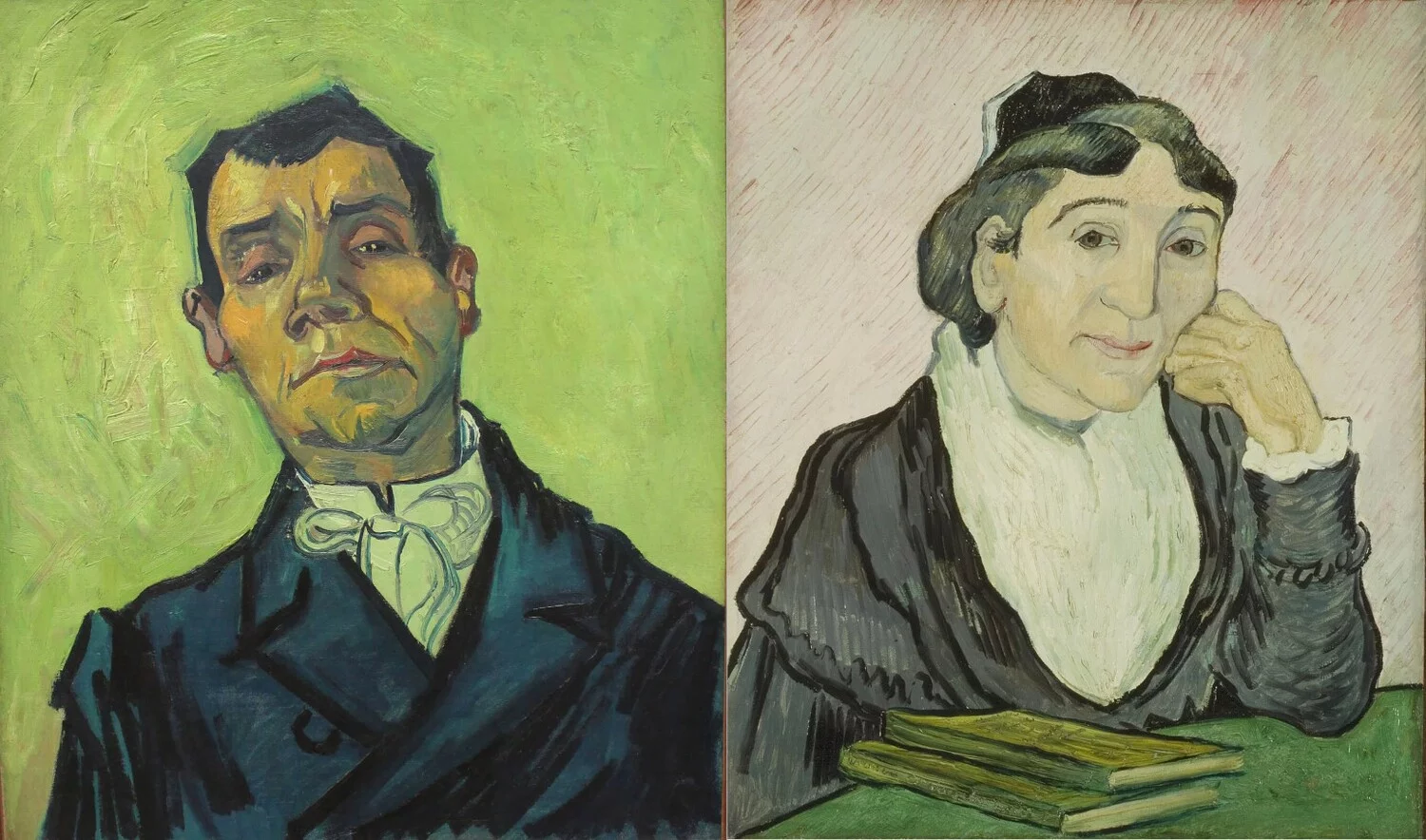
 itinerarinellarte.it è un sito che parla di arte in Italia coinvolgendo utenti, musei, gallerie, artisti e luoghi d'arte.
itinerarinellarte.it è un sito che parla di arte in Italia coinvolgendo utenti, musei, gallerie, artisti e luoghi d'arte.